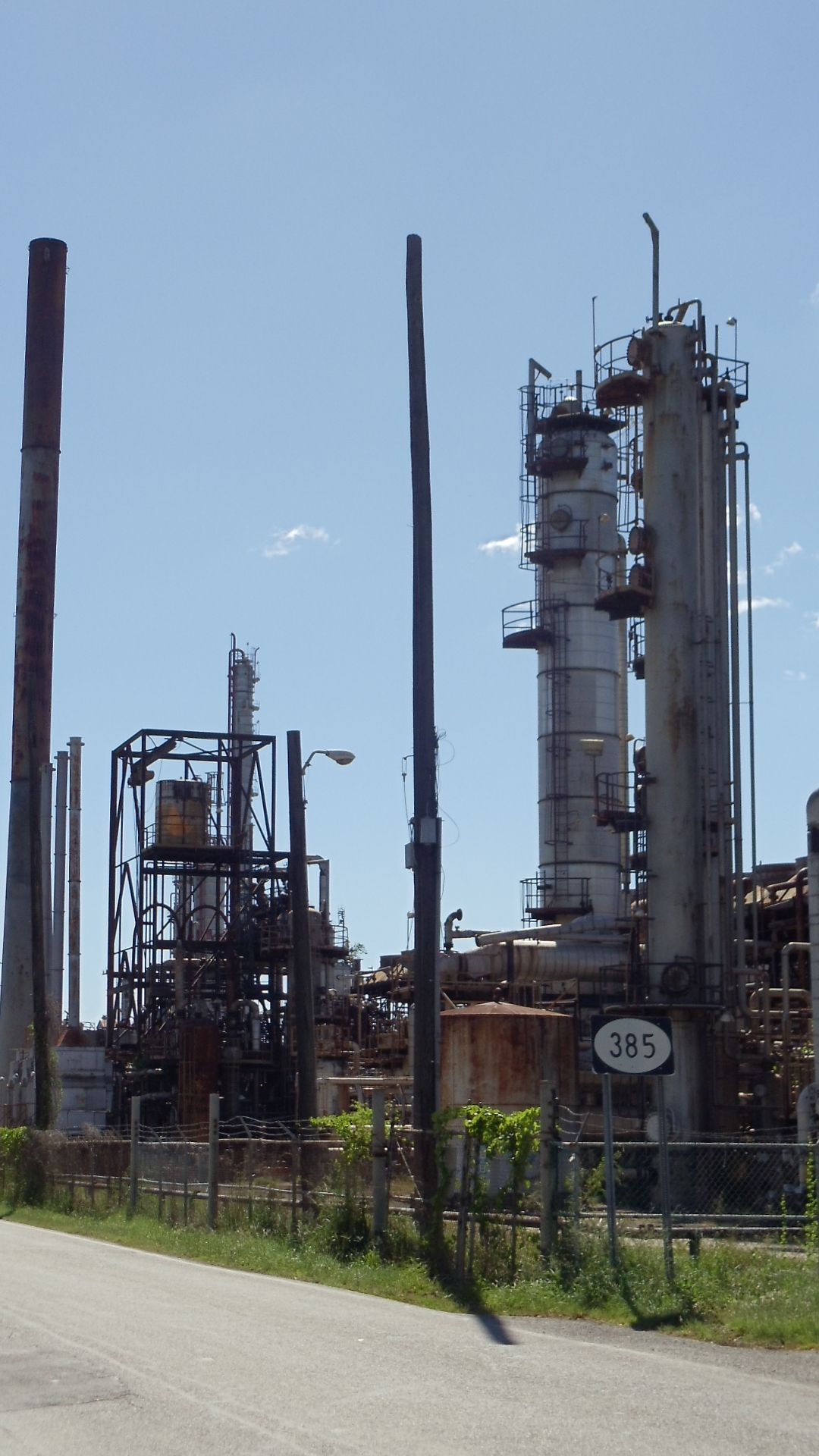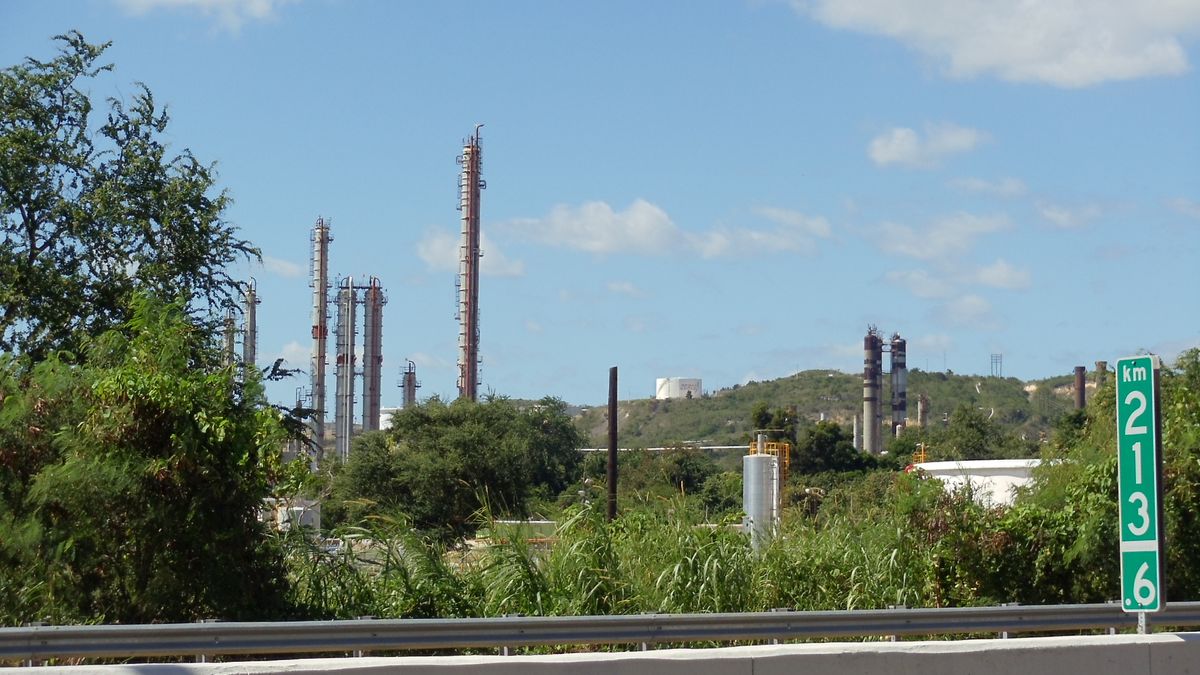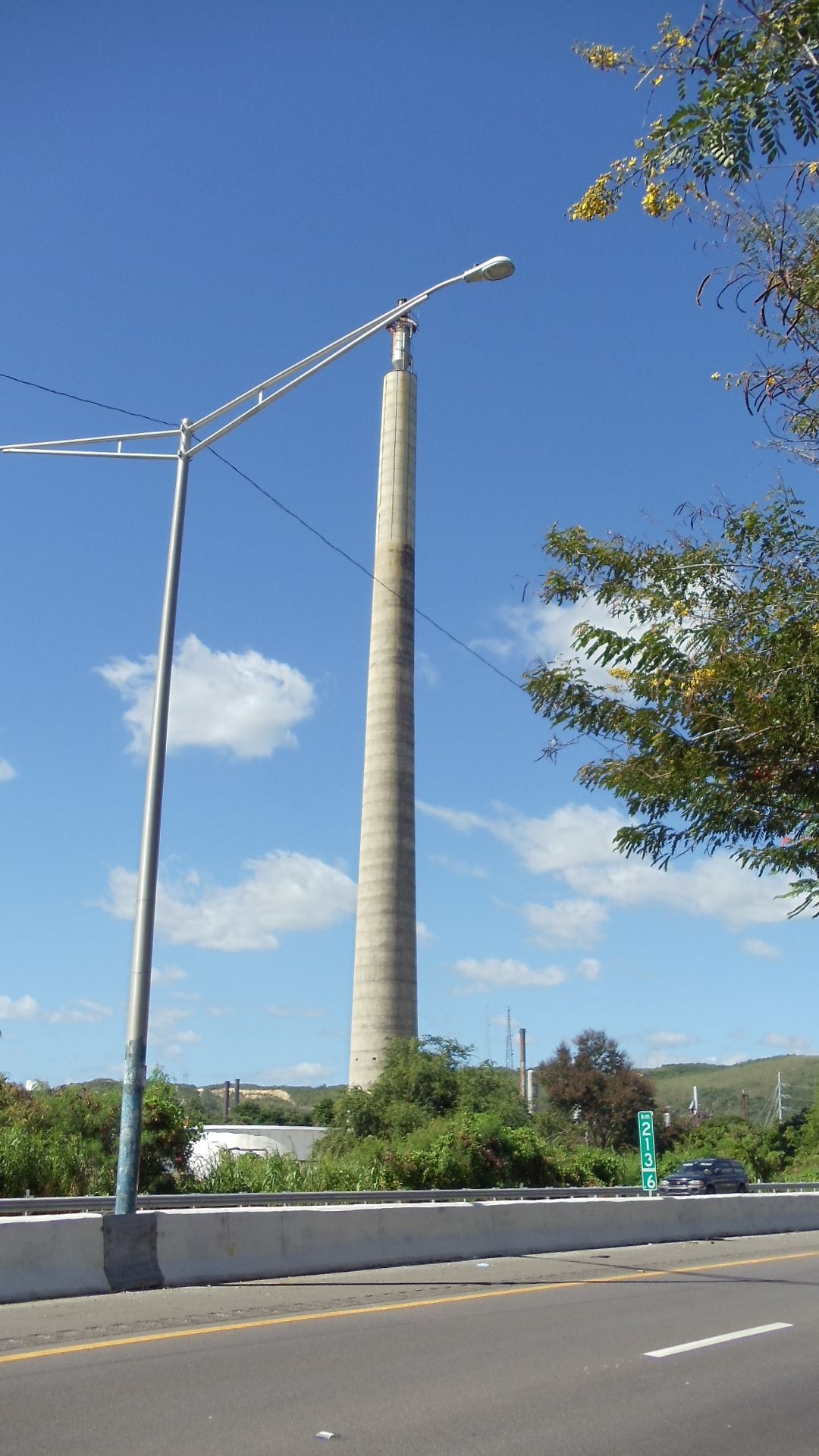About
By the end of the first half of the 20th century, Puerto Rico was among the poorest countries in the Caribbean region due to its traditionally based and no longer profitable sugarcane economy. In 1947, Governor Luis Muñoz Marin and the United States government began ''Operación Manos a la Obra'' (Operation Bootstrap) aiming to transform the island into a modern competitive economy.
The operation's goal was to industrialize Puerto Rico's economy. Among the factory-based companies emerging from the operation was the Commonwealth Oil Refining Company, Inc. (CORCO), which settled between the towns of Peñuelas and Guayanilla.
The first unit was built in 1954, but it didn't begin operations until two years later. The $25 million dollar project included eight petrochemical plants and the capacity to refine about 23,500 oil barrels on a daily basis. CORCO became a major producer of gasoline, kerosene, jet fuel, diesel oil and propane among other products.
The refinery represented a shift on the island's economy, becoming Puerto Rico's top employer by creating around 2,700 jobs. At one point, it was ranked by Fortune Magazine as one of the top 500 largest companies in the United States. Additionally, it was considered one of the largest independent petroleum refiners and petrochemical producers worldwide.
Unfortunately, like previous business ventures, it didn't last. The Oil Crisis of 1973 dealt a swift and mortal blow to CORCO. The oil embargo orchestrated by the Organization of Arab Petroleum Exporting Countries shot up the oil prices, aiming to hurt those countries allied with Israel. Of course, this included the United States and its territories, hence Puerto Rico. As a result, CORCO could no longer compete profitably against other oil refineries in the U.S. mainland. Those refineries could soften the blow by purchasing oil produced domestically, an option Puerto Rico didn't have after purchasing all its oil from Venezuela.
In 1974, CORCO began to cease operations, hanging on under bankruptcy laws until its demise in 1982. Today, most of the imposing structure remains abandoned, except for a small portion that operates as a terminal for marine transportation and as a storage for crude oil and petroleum products. The Puerto Rican government has teased with ideas to repurpose the land, but there haven't been any results so far. CORCO aimed to revitalize the island's economy, instead, it brought devastating results when it died, which are still felt today.
Know Before You Go
CORCO is located by the Tallaboa Bay. Take the Luis A. Ferré express, which leads to highway 2. Eventually, the imposing structures will appear on your left. Keep in mind that entering the property is considered illegally trespassing and the structures may still hold chemicals.
Published
November 15, 2018
































